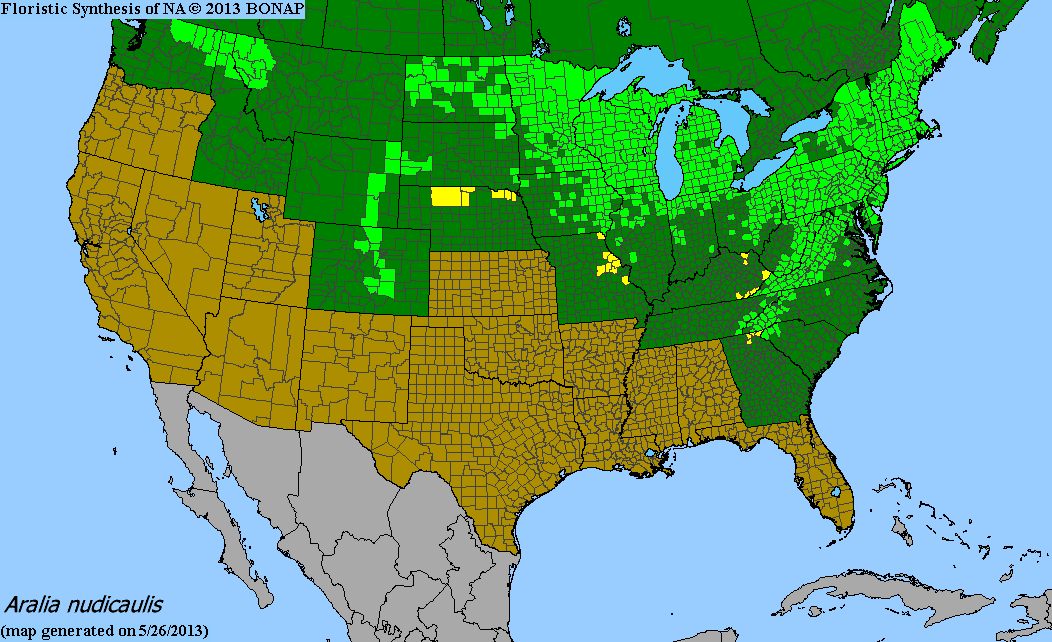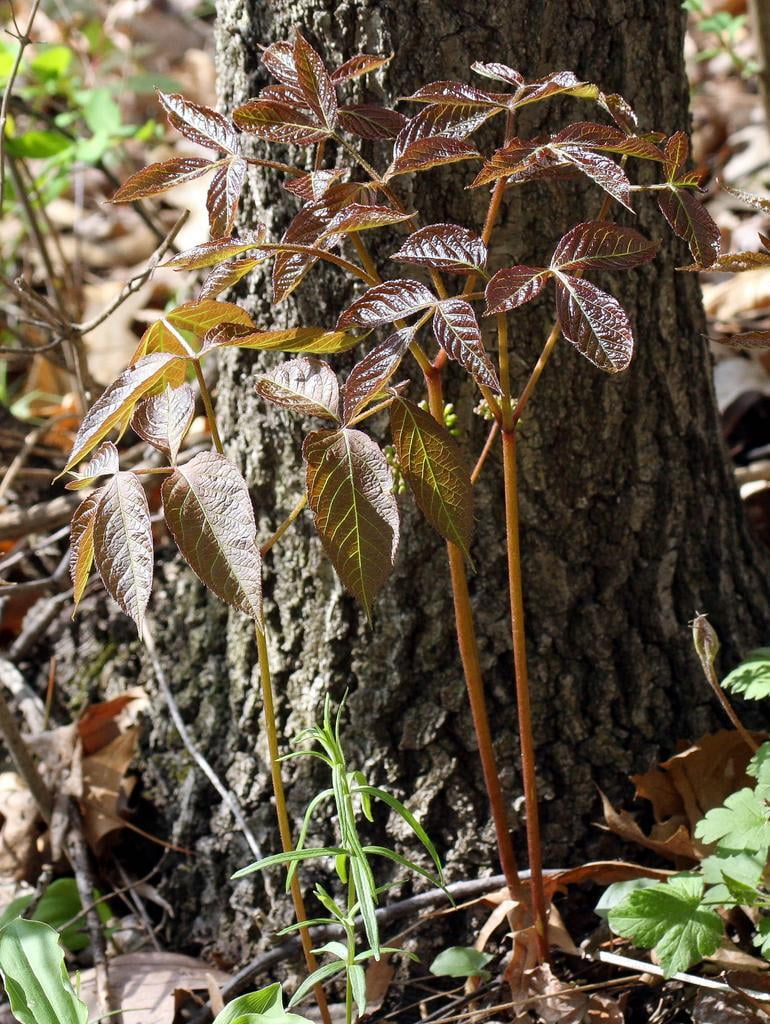Aralia nudicaulis
Wild sarsaparilla Description:
Aralia nudicaulis, commonly known as wild sarsaparilla, is a native North American woodland plant that is highly valued for its medicinal properties. This shade-tolerant plant features attractive foliage and produces small, delicate flowers that bloom in the late spring and early summer.
Aralia nudicaulis is a low-maintenance plant that is easy to grow and maintain, making it an ideal choice for woodland gardens, naturalized areas, and shady borders. It is also a valuable groundcover, providing excellent coverage in areas where other plants may struggle to grow.
In addition to its ornamental value, Aralia nudicaulis is also an edible plant that has been used for centuries for its medicinal properties. The plant's roots and stems have been used to treat a variety of ailments, including arthritis, coughs, and colds.
Overall, Aralia nudicaulis is a beautiful and practical plant that is perfect for gardeners who appreciate native North American plants with medicinal and culinary value. Its attractive foliage, delicate blooms, and low-maintenance nature make it a must-have for any shade garden or naturalized area.
Native Range:
The native range of Wild sarsaparilla is widespread across most of Minnesota. It is also found natively ranging from Washington State Eastward all the way to Maine. Generally, this plant is found in more Northern regions, but can be found as far south as Georgia and parts of the Carolinas.
Standard Plant Information:
Plant Height: 8" - 24"
Bloom Time: May - June
Preferred Habitat: Does well in part shade to full shade, and in average to moist soil. Often found in woodland habitats.
Sowing:
For most homeowners, the best option is to scatter seed on the ground by hand broadcasting at a minimum of 16-64 pls ounces per acre. For even coverage, we recommend that you broadcast seed in perpendicular rows across the site to ensure even coverage.
You’ll want to broadcast any grass seed first, which will get raked into the soil lightly. Next, it is ideal to mulch the area lightly with either a clean (no seed) straw or preferably with our native Little Bluestem straw, sold at our retail garden centers. After a light mulching is complete, now it’s time to broadcast your native wildflower seeds, which should not be raked into the soil. A good rain or watering is sufficient to cover the seed.
Planting:
Simply dig a hole in the soil slightly larger than the plant’s roots. Ensure that the soil line of the plant is maintained during the transfer (i.e. the plant should be at the same level with the ground as it was in the pot). Pack any loose dirt back around the plant and make sure you water it well the same day to ensure it has the best chance of survival.








